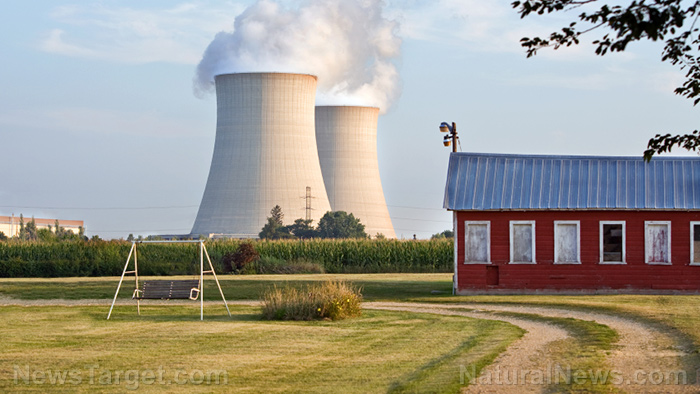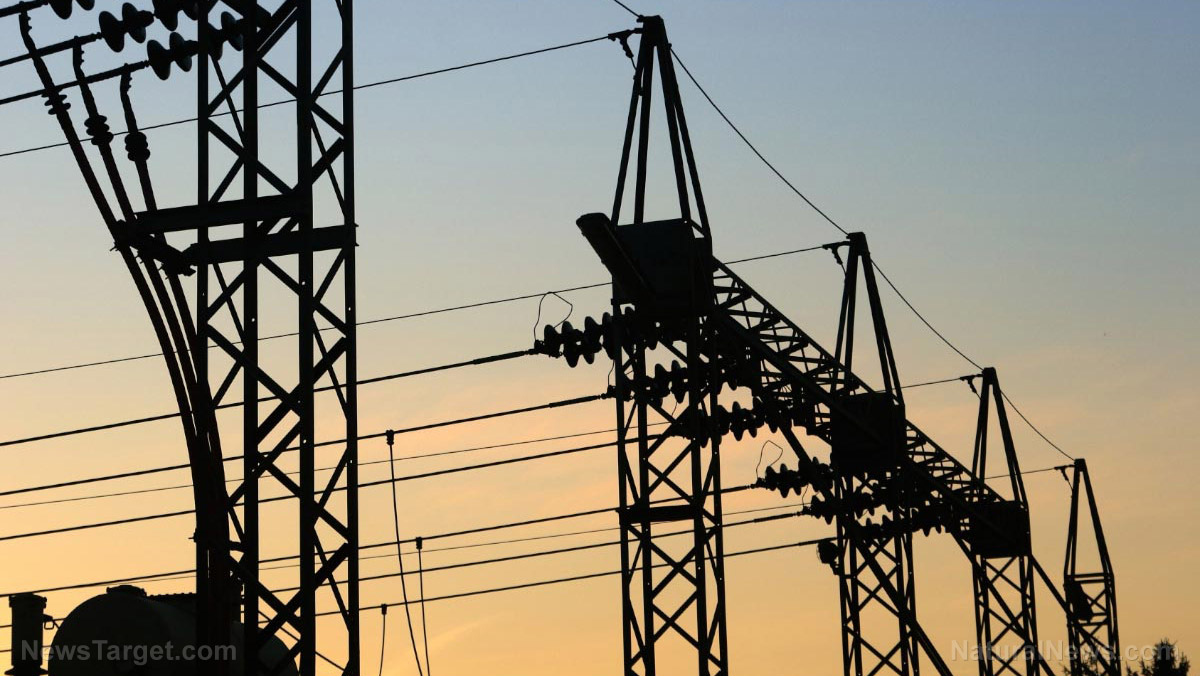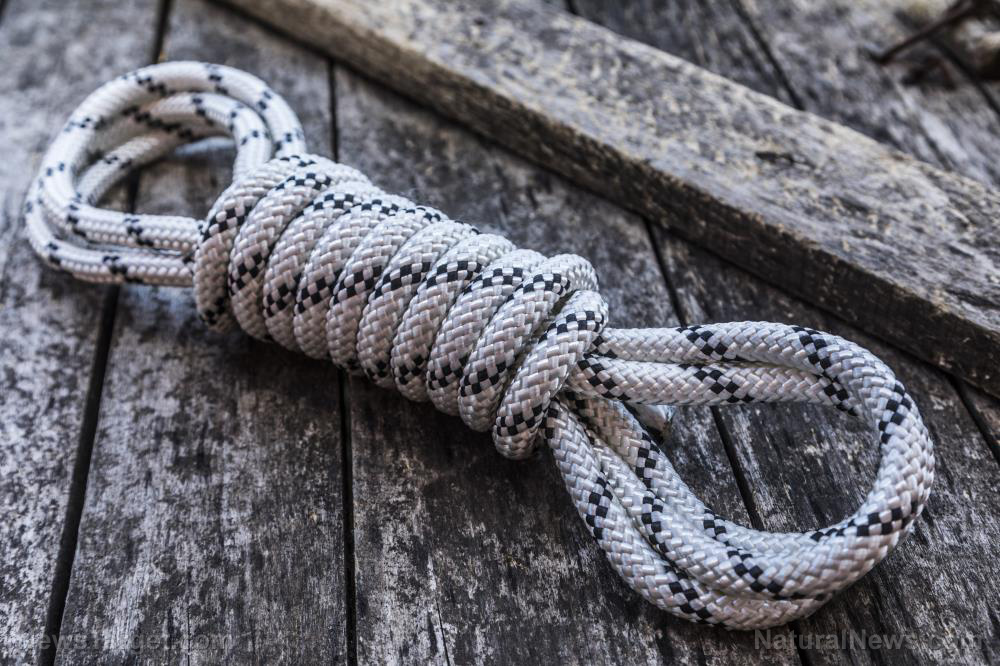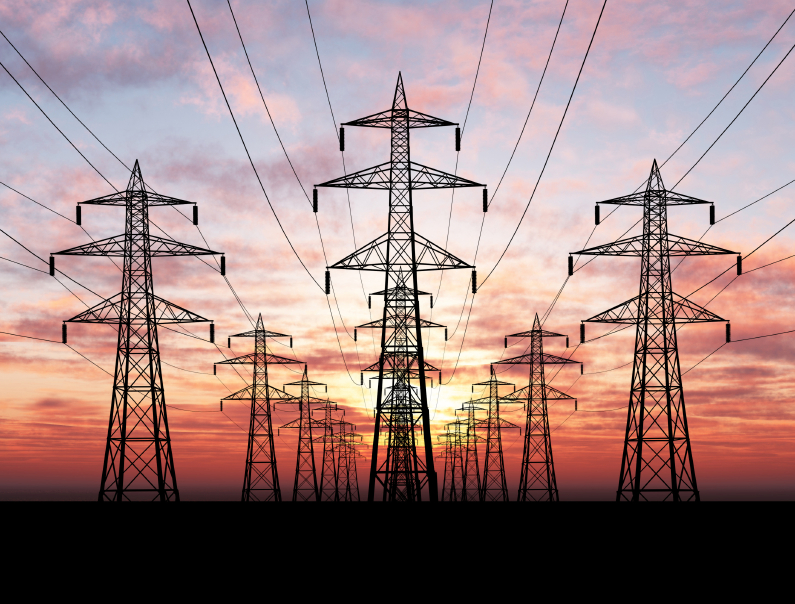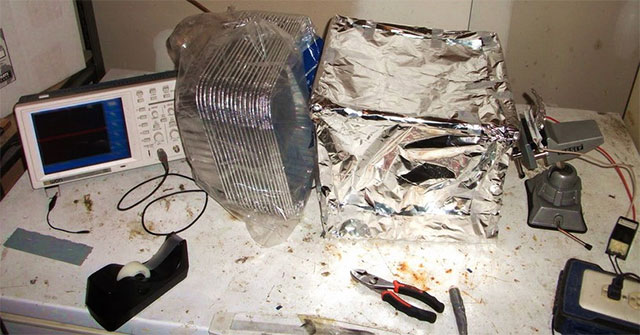Prepping scenarios: Can a bug-out plan save you if Yellowstone erupts?
07/13/2019 / By Edsel Cook

The eventual eruption of the Yellowstone supervolcano is a TEOTWAWKI scenario for North America. Most bug-out plans are not going to hack this worst-case scenario – as a prepper, you need to prepare for a trip that will take you across a thousand miles of ash-covered landscape.
Yellowstone lies in Wyoming. It is one of the rare supervolcanoes on Earth. Currently, it takes the form of a caldera, a type of volcanic crater produced by the inward collapse of a volcano that vented most of the magma inside it. The Yellowstone caldera formed more than 600,000 years ago and is the youngest of the three calderas in the region.
Yellowstone is a weakness in the North American continental plate, a large mass of rock floating over an underground sea of molten rock. It allows magma to accumulate much closer to the surface in much larger amounts than ordinary volcanoes.
The magma buildup puts pressure on the solid rock above it. The stress increases over hundreds of thousands of years, slowly but surely weakening the material that comprises the caldera.
Eventually, the rock will give way to its pressurized molten counterpart. When the rupture takes place, the Yellowstone caldera will erupt like any volcano.
When the Yellowstone supervolcano blows, it’s TEOTWAWKI
The thing is, Yellowstone is a supervolcano. Just as Superman makes an ordinary man look puny, a supervolcanic eruption makes Krakatoa’s self-annihilating explosion look like a firecracker.
The Yellowstone eruption will rip open a huge hole in the Rocky Mountains. Everything around it for hundreds of miles – if not thousands – is doomed.
The blast will eradicate everything in Idaho, Montana, and Wyoming. It will ravage much of Colorado, Nebraska, and South Dakota.
Looking up a map of the potential ash-fall of the Yellowstone eruption shows that the event will shower ash across the entirety of North America. When ash piles up on top of a building, the additional weight may cause the entire structure to collapse, especially if the building has a flat roof.
Adding water to the mix doubles the weight of volcanic ash. It is likely that rainfall will accompany ash-fall, thereby increasing the damage caused by the falling pyroclastic ejecta.
Volcanic ash will devastate plants, human structures, and the long-suffering U.S. power grid. It will severely disrupt ground and aerial transportation. The ash may even affect boats and ships by clogging up engine intakes.
Finally, the pyroclastic material that comprises volcanic ash is dangerous to humans and animals, even after it has cooled down. It will contaminate uncovered bodies of water and ruin rainwater collection systems, leading to a shortage in drinking water.
Preppers will get enough warning to bug out before Yellowstone goes
If Yellowstone is going to turn most of North America into a wasteland, why bother with a bug-out plan?
First, people will get plenty of warning about a potential Yellowstone eruption. The U.S. Geological Survey set up the Yellowstone Observatory in the region to keep a close eye on the supervolcano. They will let the general public know about an impending explosion.
Second, experts say that Yellowstone is unlikely to erupt within the next few years. This may change given the fickle nature of volcanoes.
As a prepper, you need to put that grace period to good use. You have to finish your preparations to bug out – bugging in is not an option.
If you live in Wyoming or other doomed states, you should move as far south or east as possible. Preppers in much more distant states do not need to transfer immediately, but they must be ready to bug out and live off grid before the supervolcano starts spewing volcanic ash.
Sources include:
Tagged Under: bug out, bugout plan, chaos, Collapse, emergency, natural disasters, panic, preparedness, prepper, prepping, SHTF, supervolcano, survival, survivalist, TEOTWAWKI, volcanic eruption, volcanoes, Yellowstone
RECENT NEWS & ARTICLES
COPYRIGHT © 2017 DISASTER NEWS



